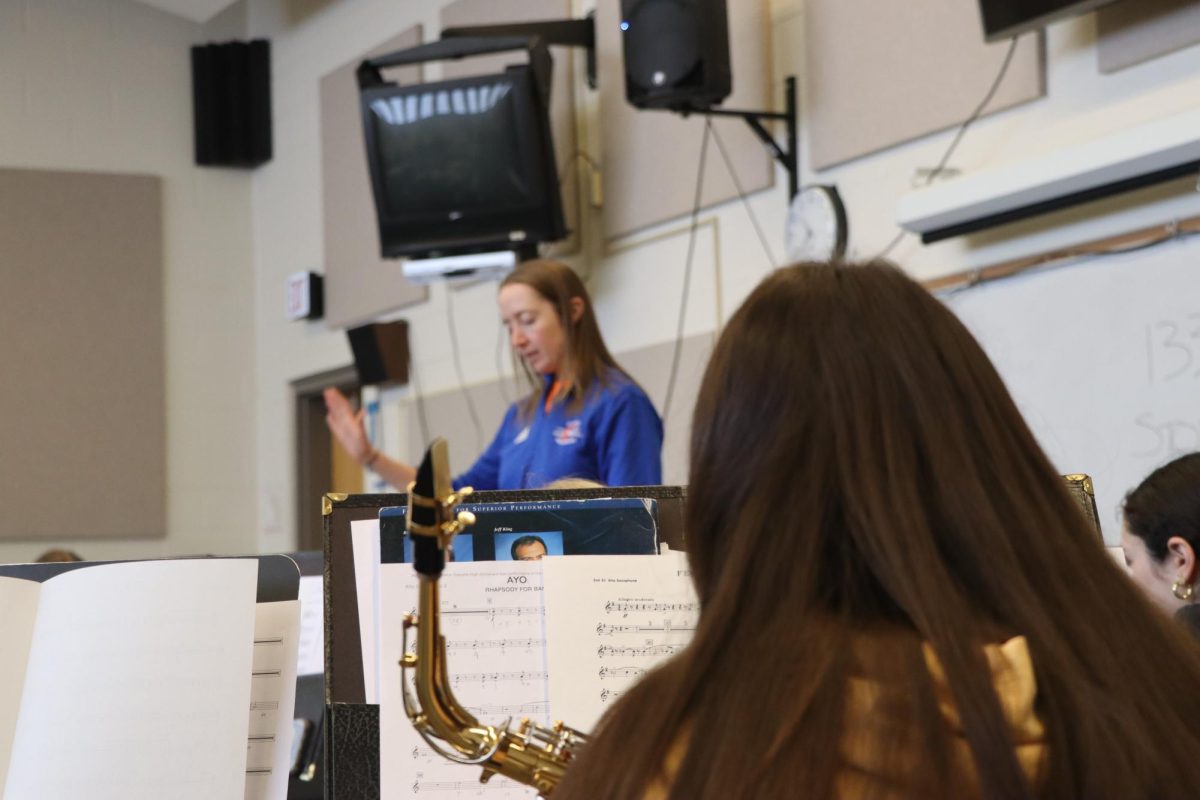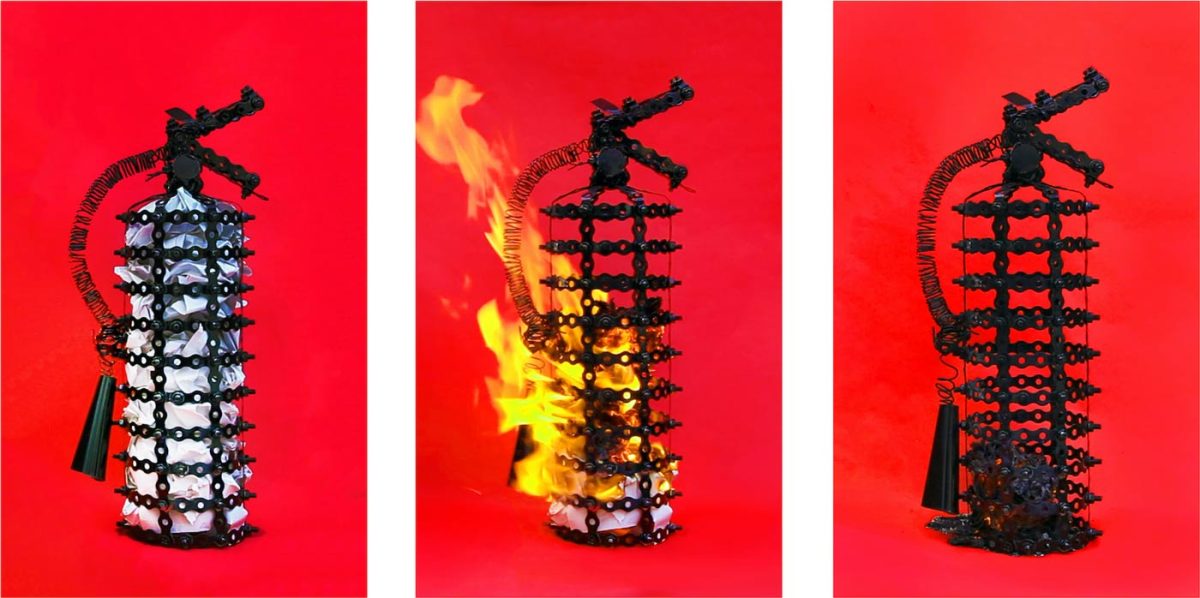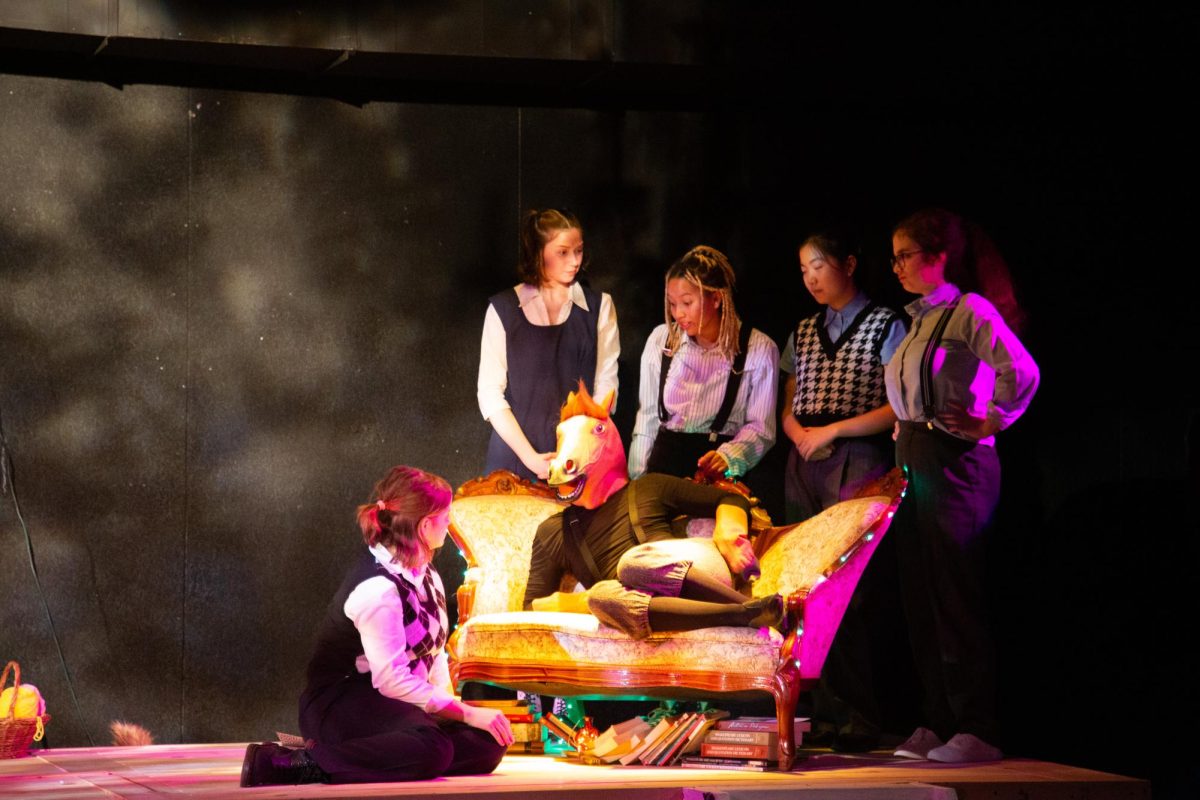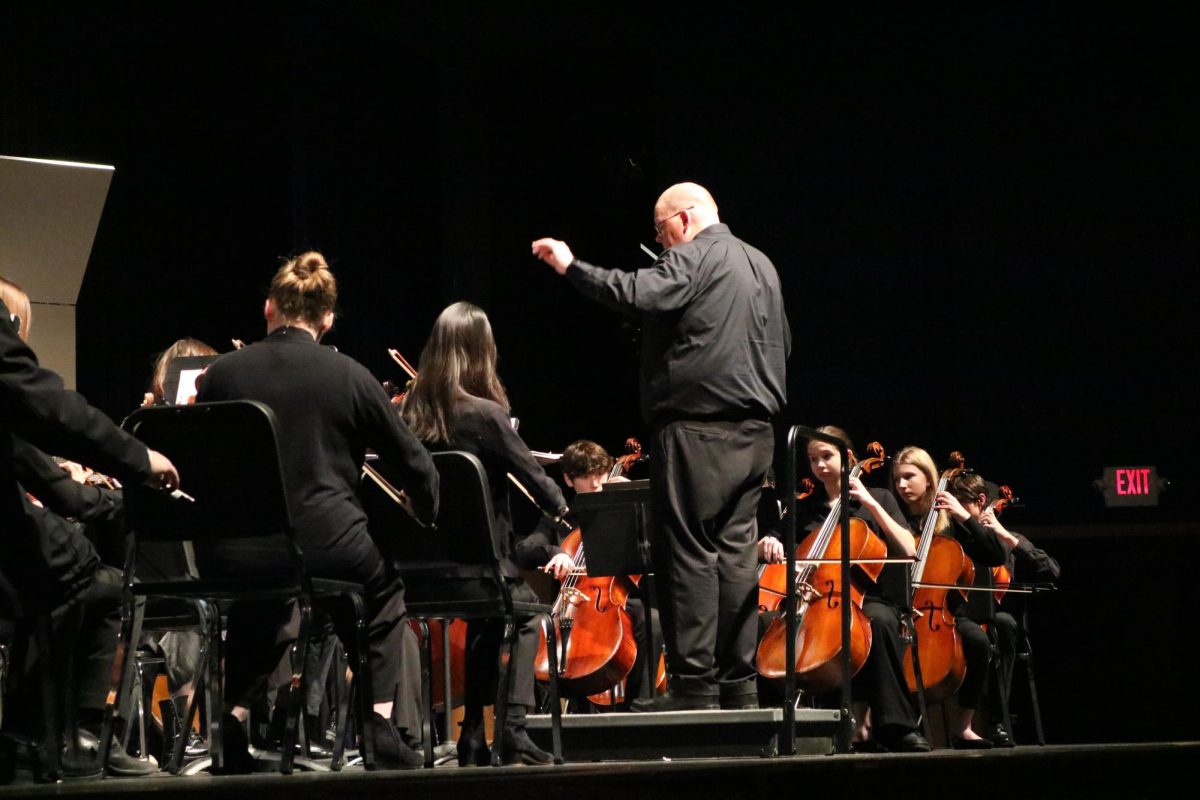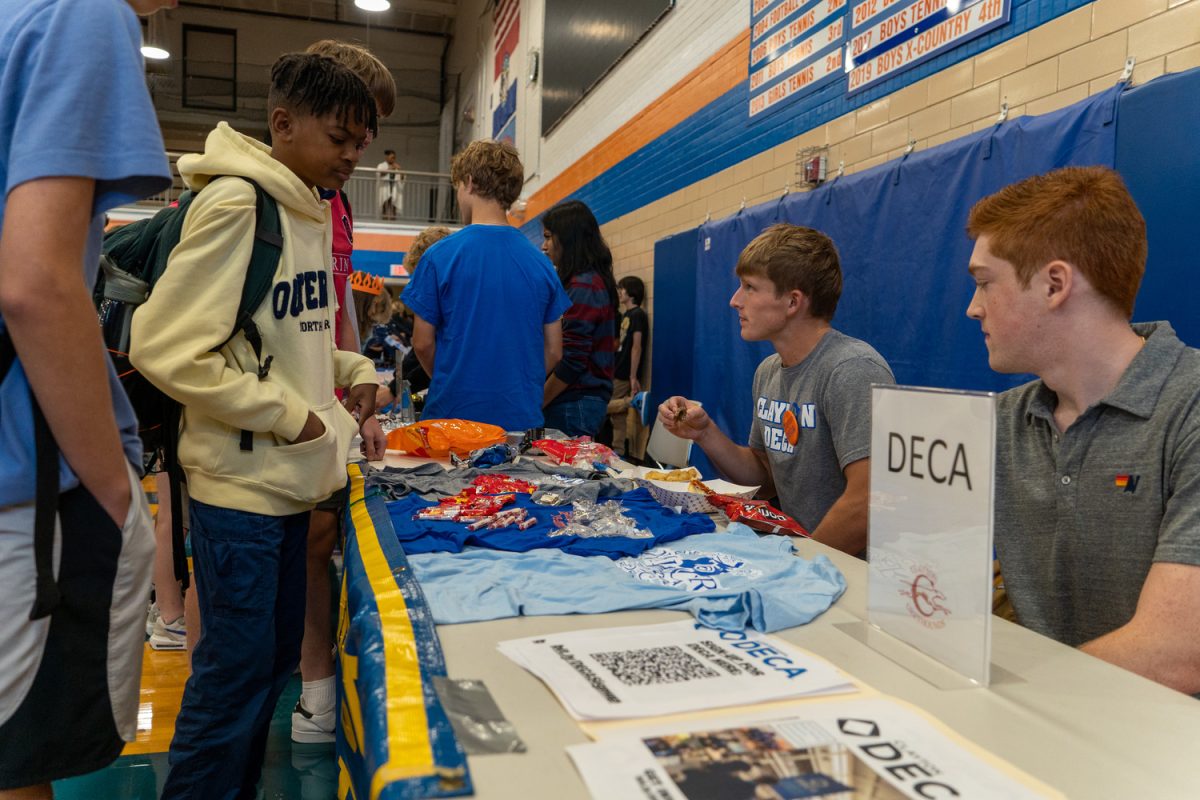Much has been said about Napoleon Bonaparte. In fact, the only person who has been written about more than Napoleon is Jesus. However, in casual modern discourse, Napoleon is often reduced to a power-hungry egoist fueled by anxiety about his short stature.
One of these points is immediately rebuked upon entrance to the Missouri History Museum’s exhibit “Treasures of Napoleonâ€. Upon his death, Napoleon’s autopsy reported his height to be 5 feet 2 inches tall, but this measurement was actually in French feet and was never converted to English feet. In actuality, Napoleon was about 5 feet 6 inches tall, which was actually about average for a Frenchman of his time.
This challenge of a common misconception is a perfect introduction to the exhibit, which personalizes Napoleon by displaying various objects from his life and portraits of him, his family, and his court members.
The very origin of the exhibit is fascinating in and of itself. The exhibit, comprised of over 300 items, is created from the extensive collection of Pierre-Jean Chalençon, who is an expert on Napoleon and his imperial court. Chalençon’s own collection is comprised of over 500 items and began when, at 17, he sold his motor scooter to purchase Napoleon’s letter announcing his defeat of the Prussians at the Battle of Jena.
The very extensive nature of the collection becomes ever more clear with each progression through the rooms set aside for the exhibit. The items are placed in chronological order such that the visitor not only learns about the legendary figure’s life, but also sees the evolution of his public image.
Napoleon was obsessed with his public image and increasingly uses Greek and Roman imagery throughout his life. Even as a young military leader in the Italian Army, one letter shows him declaring to his troops, “Mountains now separate us from France. You will traverse them with the speed of eagles.â€
Napoleon later used similar imagery with each portrait marking turning points in his life. In his first portrait as the First Consul of France, he is dressed in red and the other consuls wear blue. Later, in his first portrait as the Emperor of France at the age of 35, Napoleon wears a necklace of golden eagles and a golden laurel crown, evoking his role models Alexander the Great and Julius Caesar, in particular. In the famous painting of Napoleon crossing the Alps, he guided the artist’s depiction by demanding that he look calm atop an exuberant horse when, in fact, Napoleon actually rode a mule. In yet another nod to his posterity, Napoleon had the names of other historical figures who had crossed the Alps written beside him (Hannibal and Charlemagne).
In addition to the beautiful portraits scattered across the exhibit, one sees numerous letters written in Napoleon’s hand and even one written by his seven-year-old son to his mother. There is even a sleeve to one of Napoleon’s dress coats with a stain on it. When Napoleon stained the coat, he had the sleeve replaced and the tailor saved the old sleever. Later, the rest of the dress gown was lost at the Battle of Waterloo. Also in the collection are several items from his coronation and even the portable bed that Napoleon brought with him on battles.
Towards the end of the exhibit, there is even a lock of Napoleon’s hair from his time in exile as well as handwritten copies of different versions of his will. However, the exhibit comes to a stunning close with Napoleon’s iconic hat that he wore during the 109 Battle of Essling.
While it is easy to become lost in the sheer volume of historical artifacts on display, certain objects are so loaded with historical meaning and context that one can’t help but be drawn in and astonished by the fact that this object is right before them. At various points, I was flummoxed by the degree to which one of the most influential and important people in history was being humanized before my very eyes. Very rarely does one get to step into the life of such an iconic historical figure.
If you choose to visit the exhibit, I recommend giving yourself at least an hour. There are several rooms of bounty filled with intricate objects to be examined. In fact, my only criticism of this exhibit is that there may have been a bit too much too look at.
“Treasures of Napoleon†is presented by the Missouri History Museum through April 3. The museum is open 10 a.m. to 5 p.m. daily and until 8 p.m. on Tuesdays. Cost is $12 for adults, $10 for students and seniors and $6 for children age 6-12.

